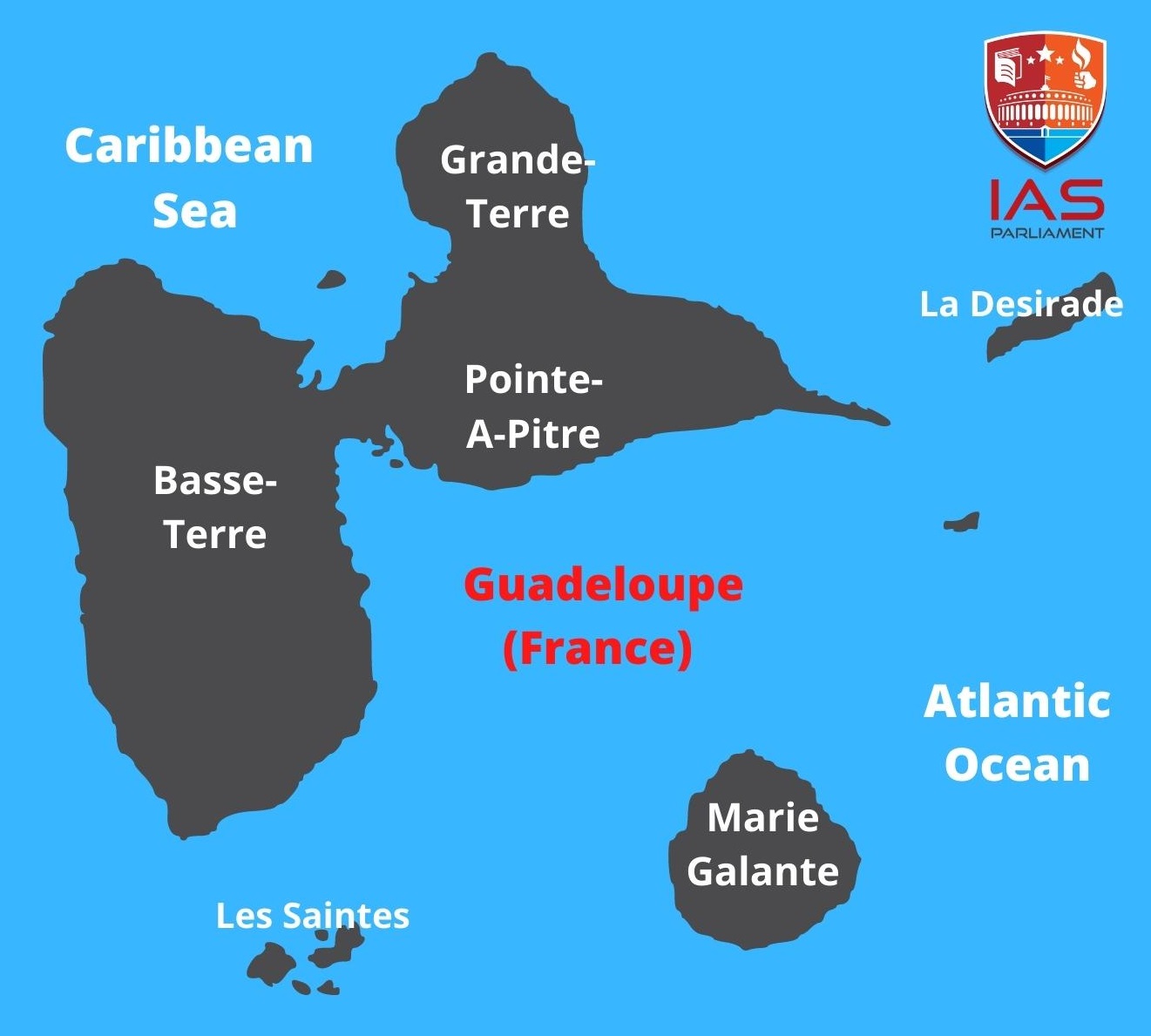Catholics in Goa are celebrating the annual Sao Joao festival, which is a feast of St John the Baptist.
St John is the Baptist because he had baptised Jesus Christ on the river Jordan.
Reference
The Union Commerce Minister chairs the Open Network for Digital Commerce (ONDC) Advisory Council Meeting.
The government has constituted an advisory council to analyze the potential of ONDC as a concept and to advise the government on measures needed to accelerate its adoption.
Presently, ONDC is in its pilot stage in 5 cities - Delhi NCR, Bengaluru, Bhopal, Shillong and Coimbatore - with a target of onboarding around 150 retailers.
Reference
Scientists have discovered the world's largest bacterium in the archipelago of Guadeloupe, a Caribbean mangrove swamp.

Reference
For the first time, four species of azooxanthellate corals were recorded in Indian Waters (waters of Andaman and Nicobar Islands).
There are about 570 species of hard corals found in India and almost 90% of them are found in the waters surrounding Andaman and Nicobar Islands.
The pristine and oldest ecosystem of corals share less than 1% of the earth’s surface but they provide a home to nearly 25% of marine life.
Reference
Researchers have discovered a set of fossilised titanosaurid dinosaur eggs, with one egg nesting within the other. This is India’s first egg-in-egg fossil that was found from the Bagh area of Dhar district in Madhya Pradesh.
The Upper Cretaceous Lameta Formation of Central India is long known for its dinosaur fossils (both skeletal and egg remains).
While eggs-within-eggs are a rare phenomenon, they are so far known to occur only in birds and never known in reptiles.
Reference